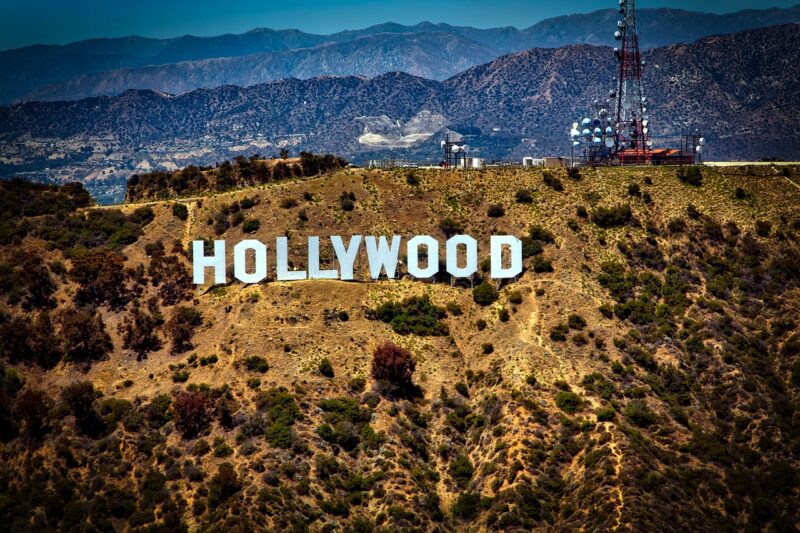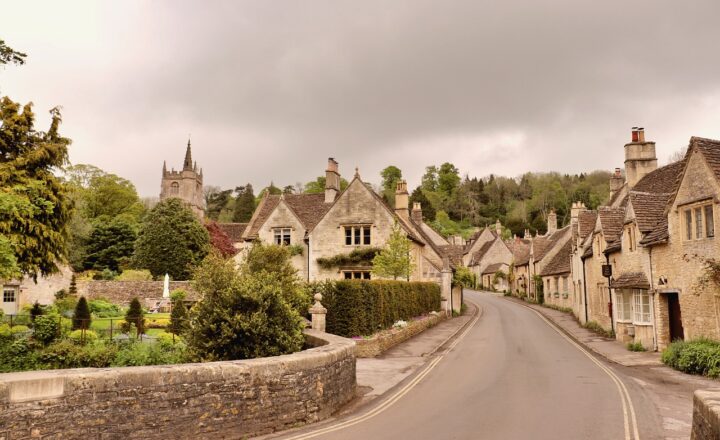The Mafia’s Influence on Hollywood: The True Story of Organized Crime in Entertainment
November 15, 2024

The glitz and glamor of Hollywood have long fascinated audiences around the globe. However, beneath its surface lies a complex narrative entwined with organized crime, particularly the Mafia. The relationship between Hollywood and the Mafia is a compelling tale woven with power, influence, and, at times, a deadly connection. In this article, we explore the multifaceted impact of the Mafia on the film industry, revealing how organized crime played an undeniable role in shaping Hollywood as we know it today.
1. Origins of the Mafia in America
The roots of the Mafia in America trace back to the late 19th century when Italian immigrants brought their traditions and structures of organized crime to the United States. As these immigrants settled into urban areas, particularly in cities like New York and Chicago, they established various criminal enterprises to exert control and provide services for their communities.
This newfound power often came through illegal activities such as extortion, gambling, and bootlegging during Prohibition. At this pivotal time, the Mafia began expanding its empire, reaching into legitimate businesses, including the film industry, where its influence would grow significantly in the decades that followed.
2. The Rise of Organized Crime in Hollywood
By the 1920s and 1930s, Hollywood was on the rise as the epicenter of the film industry, drawing not just aspiring actors and filmmakers but also organized crime figures seeking to capitalize on the burgeoning entertainment sector. The Mafia saw Hollywood as an opportunity to launder money, invest in legitimate businesses, and exert influence over some of the most powerful people in the industry.
Numerous known mobsters began to infiltrate various aspects of Hollywood:
- Financing Films: Many productions turned to organized crime for financial backing, allowing the Mafia to have say in how films were made and who starred in them. This kind of financial muscle led to immense leverage over the content created and the individuals involved in the projects.
- Gambling Operations: As a multi-million dollar business, gambling operations often funded films while mobsters manipulated outcomes and figures, further intertwining crime and cinema.
- Talent Management: Mafia-linked individuals sometimes took on the role of managers for actors and film stars, guiding their careers while often demanding a cut of their earnings or exploiting their vulnerability.
3. Hollywood’s Censorship and the Mafia
The influence of the Mafia extended beyond financial dealings; it often dictated the narratives that could be told on screen. Various film studios faced censorship pressures, either from within their ranks or as a result of threats by organized crime figures.
For instance, certain movies that portrayed the Mafia in an unflattering light or depicted violent scenarios could face backlash from mobsters, which in some cases led to changes in script and storyline to appease them. One infamous example was the 1950 film “The Asphalt Jungle,” which depicted organized crime realistically and faced threats from mobsters to assure more palatable portrayals of the life in the subsequent films.
4. Iconic Films and Mafia Connections
Many classic films have been heavily influenced by the Mafia, not just through behind-the-scenes connections but also through narratives that reflect organized crime’s alluring yet dangerous reality.
The Godfather trilogy, released in the early 1970s, is perhaps the most iconic representation of Mafia culture in cinema. The film details the life of a powerful Italian-American crime family and has, over time, become a cultural touchstone. Interestingly, the film also faced scrutiny from real-life Mafia figures who were concerned about its portrayal of their lives. While many claim the film romanticized organized crime, they also highlighted how some real mobsters found commonalities that mirrored their lives, resulting in a close yet tumultuous relationship.
Even today, many Mafia-themed films continue to draw inspiration from the reality of organized crime, maintaining the cycle of influence between Hollywood and mobsters.
5. Notable Mob Figures and Their Impact on Cinema
Several notorious mobsters played extensible roles in influencing the Hollywood landscape. Figures such as Sam Giancana, Carlo Gambino, and Bugsy Siegel were known to have connections with actors, directors, and studio heads.
- Sam Giancana: Involved in funding Frank Sinatra’s career, Giancana wielded considerable influence over Hollywood’s elite, ensuring that his interests were protected and often dictating elements of productions that featured his favorite stars.
- Bugsy Siegel: Siegel’s idea of building a Las Vegas empire set the stage for the modern casino experience, and he frequently worked with Hollywood figures to market his ventures, thus intertwined entertainment with organized crime.
These figures did not just influence the type of films produced but also shaped the reputations and careers of individuals working within the industry, creating an environment where the lines between crime and cinema often blurred.
6. The Legal Backlash and Mafia’s Decline in Hollywood
As the years progressed, law enforcement made significant strides in combatting organized crime. High-profile mafia trials in the 1970s and 1980s, such as the “Pizza Connection” trial, exposed the deep-seated connections between the Mafia and Hollywood. This led to increased scrutiny, resulting in a decline in direct mafia influence as studios began to navigate their relationships more cautiously.
Hollywood began to tell stories from perspectives that were more critical of the Mafia, casting a vigilant light on organized crime rather than portraying it as a glamorous lifestyle. This shift reflected broader societal changes in attitudes toward crime and corruption.
7. The Legacy of Mafia Influence on Modern Entertainment
Today, while direct influence may have waned, the shadows of the Mafia still linger in Hollywood’s narrative fabric. Films, television shows, and documentaries regularly explore organized crime themes, shaping the seven-decade relationship between these two entities.
Modern series like “The Sopranos” have explored the complexity of mob life with a focus on personal stories, providing audiences a raw and nuanced view of organized crime. As a result, the depiction of the Mafia in contemporary media is richer than ever, not only reflecting past connections with Hollywood but also influencing how future generations will understand organized crime.
Conclusion
The relationship between the Mafia and Hollywood is a compelling array of facts, fiction, and influence. As we have explored through the decades, the Mafia’s tentacles reached deep into the heart of Hollywood, financing movies, dictating narratives, and dictating powerful connections. While the direct influence of organized crime may have diminished over the years, the legacy remains embedded in the fabric of cinematic storytelling. As films continue to evolve, the history of the Mafia’s relationship with Hollywood serves as a reminder of the complexities between art and the realities of life.
In unveiling their historical connections, we can better appreciate the sensationalized portrayals in current entertainment and the ongoing dialogue about morality, crime, and the allure of power within the showbiz landscape.








